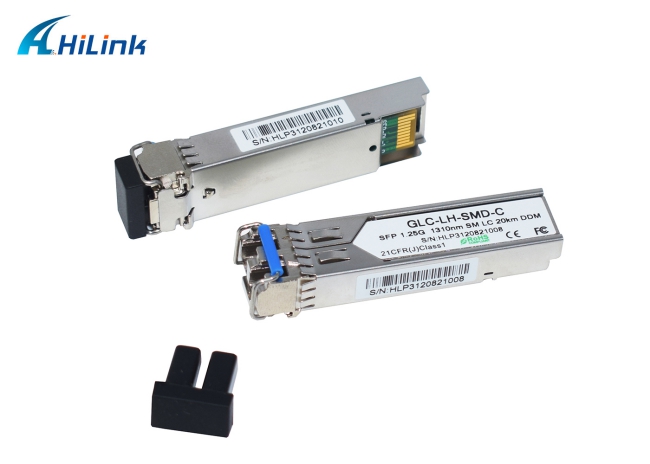What Is An Optical Module?
Oct. 27, 2020
An optical module is a computer chip that uses optical fiber technology to communicate with other devices. This is in contrast to chips that transmit information through metal wires and circuits, or the process of transmitting data through the use of various waveforms.
Optical fiber is a rapidly developing field. It can transmit complex information faster than traditional methods of transmitting data.
Optical transceivers send and receive information through laser diodes. These components use light and mirrors to transfer information from an electronic state to a state that uses visible light, and back. The speed of optical transmission of information is faster than its electronic equipment, and optical modules are becoming smaller and smaller with the advancement of technology, which makes them save space inside the physical body of the circuit.

There are many other types of transceivers used for various functions in the home and industrial environments. Radiofrequency (RF) transceivers are commonly used in home radios and other devices to exchange long-distance information over distances of several miles, such as walkie-talkies. Ethernet and wireless transceivers are general computer components that allow users to access remote computer servers through the Internet and other connected networks. Optical modules are used for Internet access and forming network connections.
Optical fiber technology is an emerging field, so there are still some shortcomings in using optical modules to transfer information between equipment or equipment components. One is that the laser is very sensitive to temperature changes. Due to this temperature sensitivity, some industrial lasers cannot be used safely. Another disadvantage is that the output of the optical module can change its life. This may affect the function and accuracy of the device. If you want to buy and use the optical module, the best way is to search and buy on the Internet. Some electronic product supply stores may supply some optical components, but because they are relatively new and complex technologies, they are not a common component of homemade circuits. Nevertheless, there is no reason for home engineers who have enough knowledge to know how the optical module works, and it should not be integrated into the circuit they are designing.
Since they provide advantages for those seeking to design small devices that can exchange information quickly, optical modules are likely to become part of more forms of technology.
The above information is provided by the AOC cable supplier.











